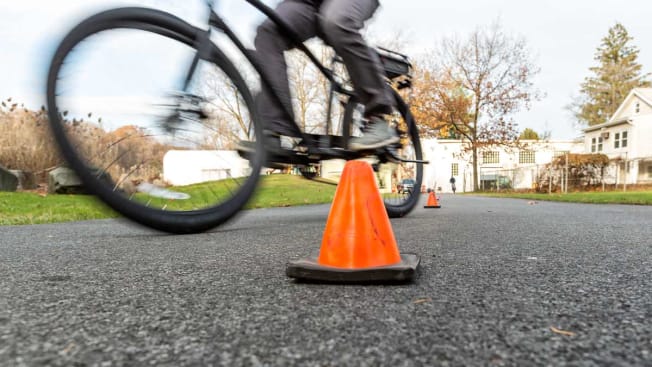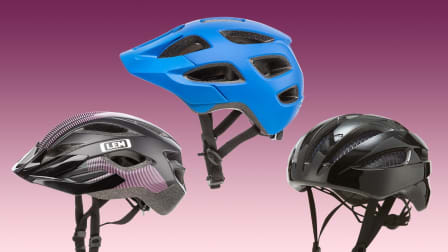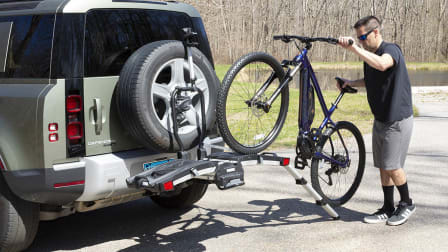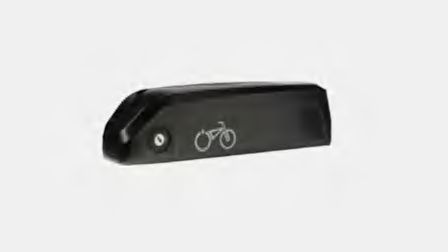Best Electric Bikes
Our latest test results reveal the standout Class 1, Class 2, folding, and mountain e-bikes
When you shop through retailer links on our site, we may earn affiliate commissions. 100% of the fees we collect are used to support our nonprofit mission. Learn more.

Electric bikes are wildly popular, so chances are good that you’ve seen a few gliding around where you live. In the U.S., electric bikes continue to gain market share, rising to 4.9 percent of bike sales from 1.3 percent in 2929, according to Statista Mobility Market Insights. The group predicts that worldwide sales will increase at a rate of 5.8 percent, rising from more than 22 million units in 2015 to just under 50 million in 2029. For the U.S. market, that means sales will jump from 1 million in 2023 to 2.64 million in 2029.
The appeal of electric bikes is clear: They make riding easier and arguably more fun for many people, serving as a healthy recreational outlet and a frugal means of transportation.
- Best Electric Bikes: Class 1 Class 2 Folding Mountain
- How to Choose
Eleven percent of Americans rode an e-bike between February 2023 and February 2024, according to a nationally representative survey conducted by CR of 2,035 adults in the U.S. The survey also found that among those who had ridden an e-bike or an e-scooter in the past year, fun and leisure activities were some of the reasons 71 percent chose to do so.
Best Class 1 Electric Bikes
Best Class 2 Electric Bikes
Best Folding Electric Bikes
Best Electric Mountain Bikes
More on Electric Bikes
See our full electric bike ratings and buying guide for details on e-bike classifications and types as well as shopping advice.
How to Choose an Electric Bike
Before you spring for an e-bike, there are a few things you should consider.
Are electric bikes allowed where you live? City and state laws regulating them vary by locale, so it’s a good idea to check to see whether they’re allowed where you want to ride, whether that’s on public roads, bicycle paths, or trails.
Is the added expense, complexity, and weight of an electric motor, rechargeable battery, and the electronics that control them worth it for your rides? These motors can be a great convenience, but the bikes do come at a cost in the form of price, maintenance, complexity, and portability when not riding.
Figure out which specific kind of electric bike is best for you. There are different types of e-bikes. Some models require the rider to pedal in order for the electric motor to kick in, while others have a throttle lever that operates the motor independently. You should also decide which style of bike—commuter, cruiser, road, mountain, folding—best suits your needs.
Which class of e-bikes—Class 1, 2, or 3—is right for you? Class 1 bikes require pedal effort to activate the electric motor up to a top speed of 20 mph. Class 2 bikes provide the same level of pedal assistance but can also move without pedaling, using a hand-operated throttle lever, up to the same top speed. Class 3 bikes are pedal-assist, may or may not have a throttle control option, and have an electric power cutoff at 28 mph.
As with any bike, it’s a good idea to buy from a local retailer so that you can ride each model you’re interested in. Each bike has a different feel, and you want to make sure the size and riding position work for you.
“Electric bikes tend to be more expensive than conventional bicycles, so most people will probably want a good all-arounder,” says Rich Handel, the engineer who leads Consumer Reports’ electric bike testing program. “We especially liked the mid-drive models that apply electric power where there would normally only be pedals. That setup, plus a bunch of gears to choose from, made for a bike that was almost as good without electric assist as with it. But for pure fun, it’s hard to beat a Class 2 electric bike. Without needing to shift gears, their throttle controls and acceleration ability make them exciting to ride.”
































